Modular Data Centers
Vertiv wooden modular data center 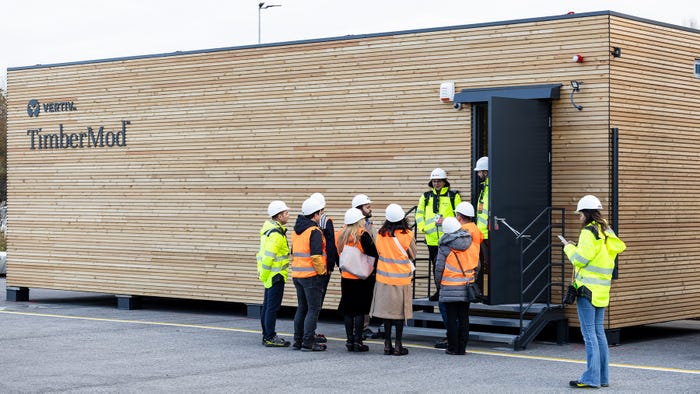
Modular Data Centers
Modular Data Center Market Growth Accelerated by AI – OmdiaModular Data Center Market Growth Accelerated by AI – Omdia
The market for modular and micro data centers is expected to be worth $11.7 billion by 2027.
byOmdia
Subscribe to the Data Center Knowledge Newsletter
Get analysis and expert insight on the latest in data center business and technology delivered to your inbox daily.





_5B2_5D.png?width=300&auto=webp&quality=80&disable=upscale)


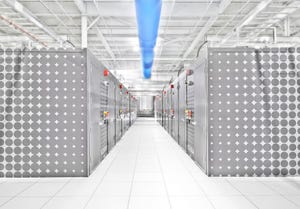
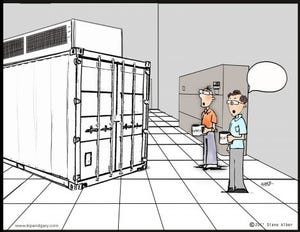







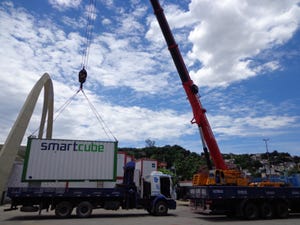








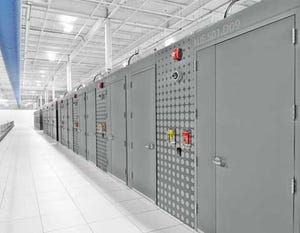



.jpg?width=700&auto=webp&quality=80&disable=upscale)



